One of the most common confusions towards caffeine content is that espresso is much stronger and contains more caffeine than a regular coffee.
Both brewed coffee and espresso contain caffeine, which is a natural stimulant. 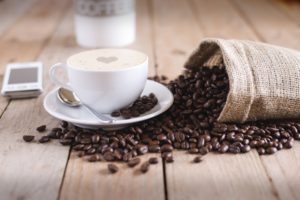
According to the National Coffee Association (NCA) a typical cup of drip coffee (8oz) contains approximately 65-120 mg of caffeine.
Such a large variation in caffeine content is explained by several factors. Brewing time, dwell time, water temperature, grind level, roast level, bean type, and blend – all determine the final extraction of caffeine.
To find the right answer, we should look at both factors:
- Beverage perceptive: amount of caffeine in a typical cup (8 fl.oz)
- Volume perspective: amount of caffeine per ounce (1 fl.oz)
From the beverage perspective, a typical cup of drip coffee contains about 92.5mg of caffeine, which is about 2.3 times more than espresso (40 mg).
Considering that over the years our “cup” size has grown from approximately 6oz to 24oz, you can get 90 – 360 mg of caffeine with just one cup!
From the volume perspective, we need to divide the 65-120 mg of caffeine by its serving size. Distributing the caffeine over 8 oz, we can expect about 8-15mg of caffeine for every ounce of coffee drink.
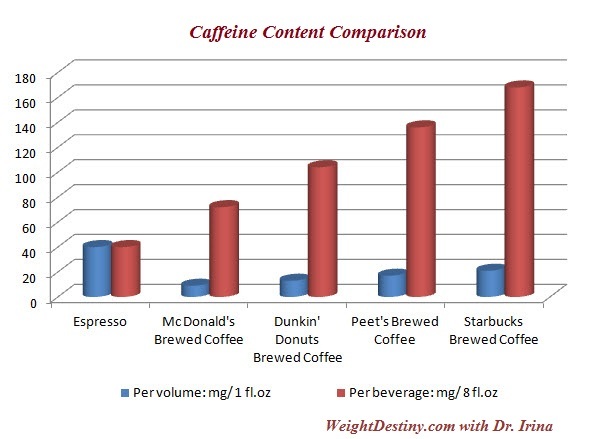
Part of the reason most people believe espresso has more caffeine than regular coffee is because of caffeine itself an intensely bitter compound. Since espresso is roasted at a much darker roast, which creates a higher concentration of ‘bitter’ molecules. So, logically it should be stronger, but in fact, it is not.
The bitter compounds that arise from darker roasts are not due to more caffeine, but rather due to chemical reaction.
Also, brewed coffee takes longer to make than espresso, which is typically thicker and stronger than brewed coffee.
Coffee is usually served by the cup, while espresso is served by the shot.
Italians easily drink 10-12 espresso’s per day, but due to a low concentration of caffeine per serving, don’t have any side effects.
However, if you try drinking a dozen 12 oz cups of drip coffee, you’ll likely end up in the Emergency Room, with excessively high levels of caffeine in your system.
Decaf coffee is not caffeine-free.
The caffeine content in decaf coffee ranged from 8.6 to 13.9 mg per 8 oz beverage, which is about a tenth of the caffeine in regular drip-brewed coffee.
The caffeine content of the decaffeinated espresso shots of different brands varies from 3 to 16 mg, which is 3-13 times less than in regular espresso.
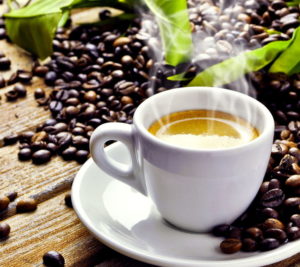
Weight Loss Help
From the Glycemic Index perception is better to choose caffeine free drinks. Fruit tea would be the best choice.
However, if you are coffee-gourmet and really enjoy this aromatic drink, don’t force yourself. Having one shot of espresso per day is fine. Preferably decaf.


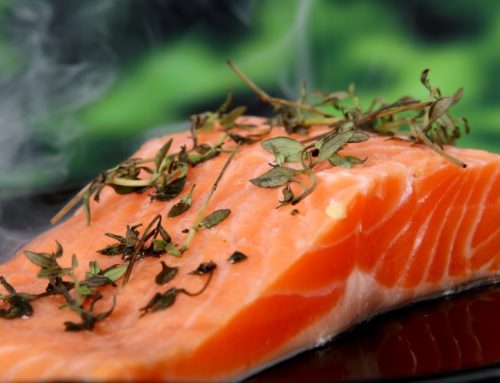
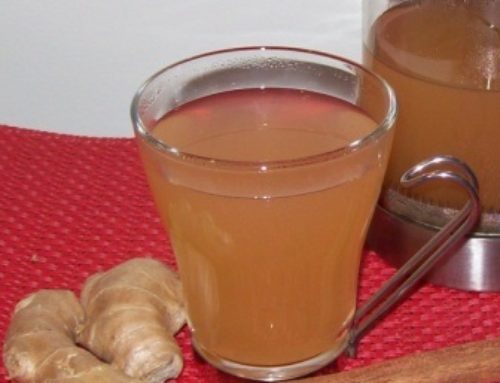
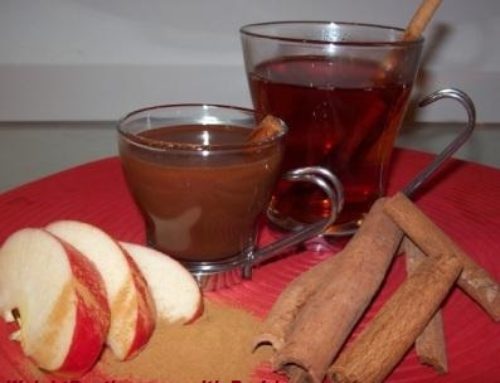
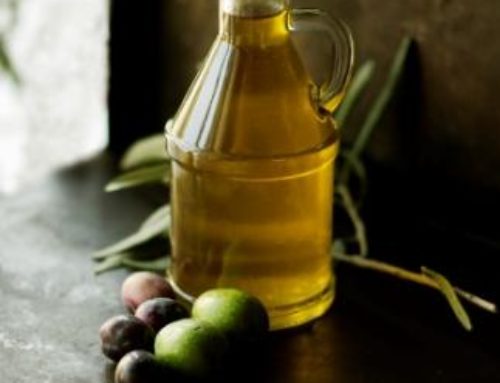
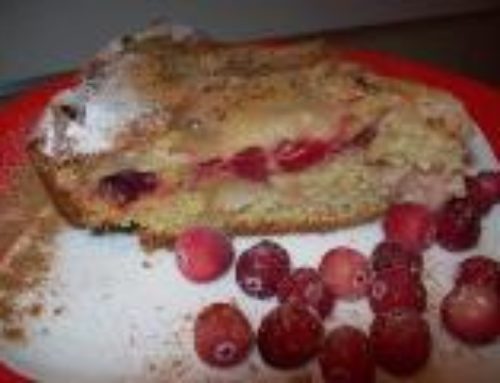
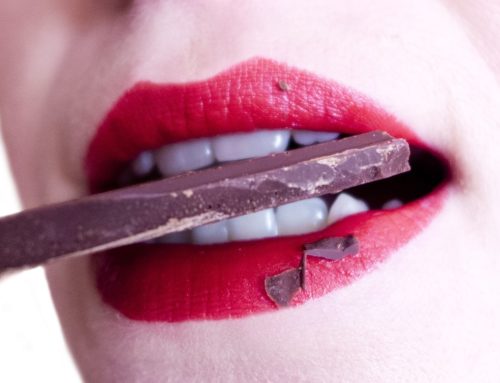
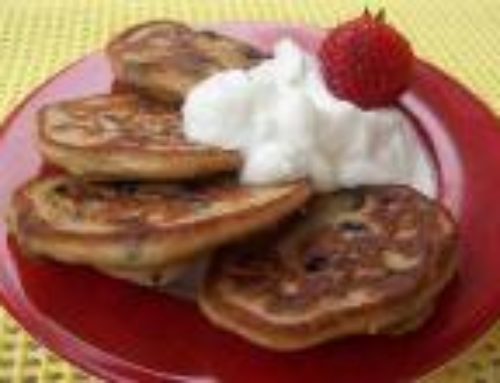
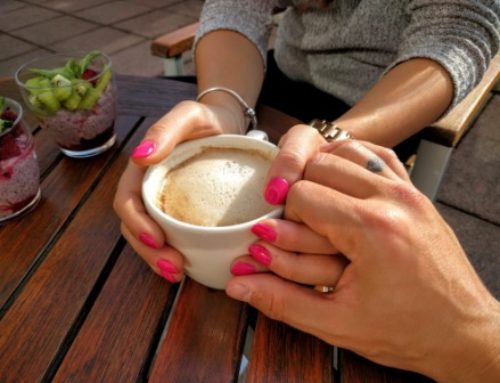
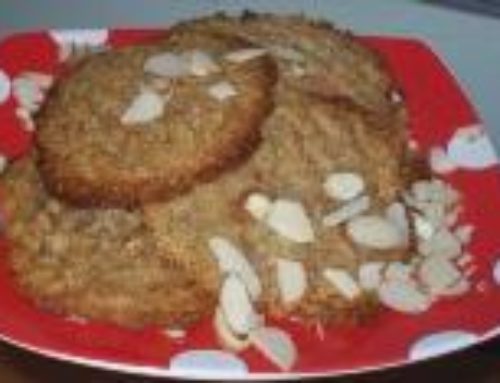
Leave A Comment